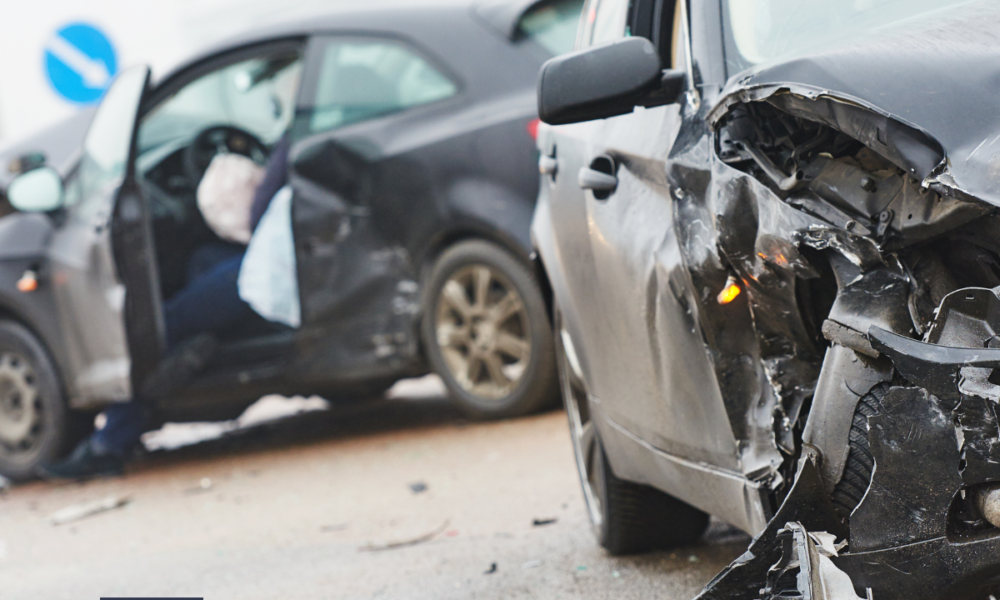
At the Law Offices of Alex Cha & Associates, we often talk about the “reasonable person standard” in personal injury cases. But what does it really mean, and why is it important?
What is the Reasonable Person Standard?
The reasonable person standard is a way to measure if someone acted carefully enough to avoid causing harm. It compares a person’s actions to what a typical, careful person would do in the same situation.
Why It Matters in Personal Injury Cases
In personal injury law, the reasonable person standard helps determine if someone is at fault for causing an injury. For instance, in a car accident, the court will assess whether the driver acted as a reasonable person would. Here are some examples to look at:
Driving and the Reasonable Person Standard
- Scenario: Speeding in Adverse Weather Conditions
Situation: A driver is speeding during a heavy rainstorm and loses control of their vehicle, causing an accident.
Assessment: The court will evaluate if the driver acted reasonably by adjusting their speed according to the weather conditions. A reasonable person would likely slow down and drive cautiously in such weather to prevent accidents.
- Scenario: Distracted Driving
Situation: A driver is texting on their phone and rear-ends the car in front of them.
Assessment: The court will consider whether the driver acted like a reasonable person, who would typically avoid distractions and pay full attention to the road to ensure the safety of themselves and others.
- Scenario: Failing to Yield
Situation: A driver fails to yield to a pedestrian in a crosswalk and hits them.
Assessment: The court will assess if the driver acted reasonably by yielding the right-of-way to pedestrians, as a cautious and attentive driver would.
- Scenario: Tailgating
Situation: A driver is following another car too closely and cannot stop in time when the car in front brakes suddenly, resulting in a collision.
Assessment: The court will evaluate if the driver acted like a reasonable person, who would typically maintain a safe following distance to allow enough time to react to sudden stops.
- Scenario: Failing to Signal Before Turning
Situation: A driver fails to use their turn signal before making a turn, causing another vehicle to crash into them.
Assessment: The court will consider if the driver acted reasonably by signaling their intentions to other road users, as a reasonable and prudent driver would do to prevent confusion and accidents.
Other Personal Injury Scenarios
- Slip and Fall
Situation: A shopper slips on a wet floor in a grocery store.
Assessment: The court will consider whether the store acted like a reasonable person by placing warning signs or promptly cleaning up spills. If the store failed to do so, they may be found negligent.
- Sidewalk
Situation: A pedestrian trips over a broken sidewalk in front of a business.
Assessment: The court will assess if the business owner acted reasonably by maintaining the sidewalk and repairing any hazards. If the sidewalk was neglected, the owner might be liable.
Product Liability
- Defective Product
Situation: A consumer is injured by a defective product.
Assessment: The court will consider whether the manufacturer acted reasonably in designing, testing, and providing warnings about the product. If the manufacturer failed to ensure the product’s safety, they could be held liable.
Bicycle Accidents
- Driver’s Responsibility
Situation: A cyclist is hit by a car.
Assessment: The court will evaluate if the driver acted reasonably by checking mirrors and blind spots, as a cautious driver would.
- Road Hazards
Situation: A cyclist is injured due to a large pothole on a public road.
Assessment: The court will consider if the government agency responsible for road maintenance acted reasonably by addressing and repairing such hazards in a timely manner.
Key Factors Considered
1. The Situation: The Situation: Each case is different. The standard looks at specific details, like how bad the weather was during a car accident, whether the driver was distracted by a phone call, if the vehicle had proper maintenance, if traffic signals were obeyed, and whether the driver was speeding or driving under the influence.
2. Common Sense: It uses basic common sense to figure out if someone was careful enough to avoid hurting others.
3. Past Cases: Judges use previous court decisions to make sure they’re being fair and consistent.
How It Works in Practice
When the court uses the reasonable person standard, they’re asking: Did the person do what a normal, careful person would do in that situation? If not, they might be found negligent and responsible for causing the injury.
Why You Should Care
For anyone involved in a personal injury case, understanding this standard is crucial. If you’re the injured party, you need to show that the other person wasn’t careful. If you’re defending yourself, you want to prove that you acted reasonably.
At the Law Offices of Alex Cha & Associates, we use the reasonable person standard to help our clients get fair results in personal injury cases. Whether you’ve been hurt in a car accident, a slip and fall, or another incident, we’re here to help.
Call or text us at (213) 351-3513 for any questions you have on traffic accidents, slip and falls, or any negligent related injuries. We will be happy to speak with you and assist you!
